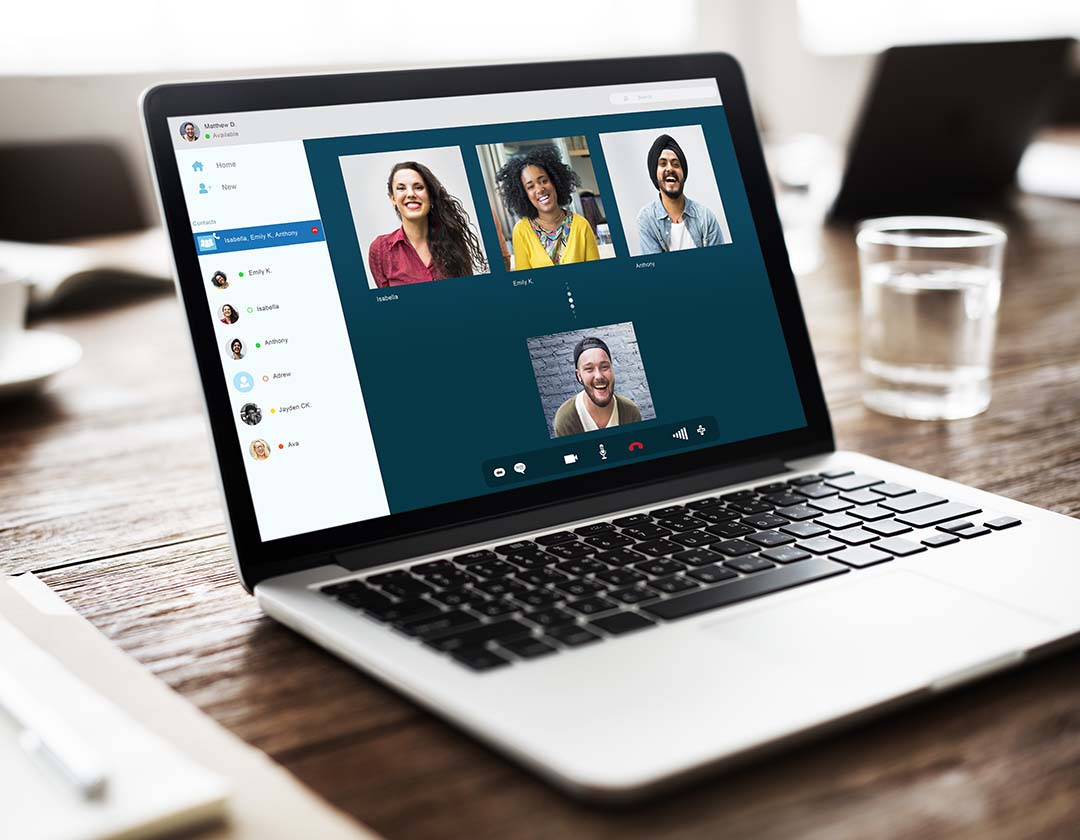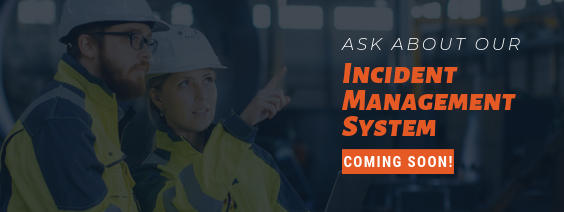
Successful workplaces are full of conversations that are critical to operations. For projects, tasks and initiatives to be successful, employees need to be able to listen and understand what is being said to them. Active listening helps people understand each other more effectively. Employees can use active listening skills to improve their communication in the office, as well as their relationships with coworkers and supervisors.
Why is Active Listening Important?

By training employees over active listening techniques, employers can help improve workplace relationships and lead to better understanding of information. As an example, consider this scenario: Sara and Bill are in a meeting with their manager, Jane. Jane is describing a new project that will require travel. Bill is listening carefully, and it shows. His body language is open, and he is leaning toward Jane. Sara doesn’t appear to be listening as closely, and instead of participating, is drawing on her pad of paper. Jane is frustrated but doesn’t want to call out Sara during the meeting. However, after the meeting Jane believes that she won’t be able to rely on Sara to give her full effort on the project. As a result, Sara is going to be stuck at the office in cold Minnesota while Bill travels to Hawaii.
What is Active Listening?
Active listening isn’t just about listening. Rather, it’s about the whole impression that a listener communicates to a speaker. An active listener will be clearly paying attention by:
- Leaning in slightly towards the speaker
- Looking at the speaker rather than at their phone or computer
- Smiling, nodding, and making other positive gestures at appropriate times
- Asking follow-up or clarifying questions to make sure they understand
Benefits of Active Listening
These actions don’t just encourage the speaker; they are also beneficial to the listener. While it is easy to want to browse social media during a dull meeting, a listener could miss out on opportunities, information, or other benefits.

Most people aren’t able to actively listen without additional training. This is because most of us have too many distractions, including social media, 24/7 news, and even workplace gossip. Training helps us understand not just how to actively listen, but why it benefits us and our workplace. Employees who are actively listening will see:
- Improved workplace communication
- Increased empathy for colleagues
- Better understanding of issues, problems, plans, etc.
- Stronger workplace relationships
Active listening helps to build stronger teams over time. When team members practice it, listening becomes part of a larger, ongoing conversation. Listeners won’t feel as if they are passive participants, but will instead be engaged and active, asking questions and giving feedback.
Active Listening Barriers
Employers should also consider the ways that they can remove or help reduce the barriers that prevent active listening. Two types of barriers are physical and perceptual. In an office, physical barriers could be:
- Distance between offices
- Cubicle walls
- Remote workers

Employers should work to resolve or reduce barriers as much as possible. For example, an office that employs several remote workers might invest in high-quality video conferencing hardware and services so that their teams can meet “in person” as frequently as possible. Other offices might encourage use of meeting spaces even for small meetings, so people can be face-to-face. Finally, offices with remote workers may require them to visit the office frequently for in-person conversations. Perceptual barriers are addressed through active listening, as they are usually related to incorrect assumptions or a lack of understanding. Active listening ensures employees get the whole story, instead of just bits and pieces.
Conclusion
Training in active listening should include information on the purpose and benefits of active listening, as well as potential barriers to listening, and how to be a good listener. By training employees over active listening, employers can improve their workplace, promoting better working relationships and greater understanding.
Discover more SafetySkills courses today!
TRY SAFETYSKILLS FREE FOR 14 DAYS



